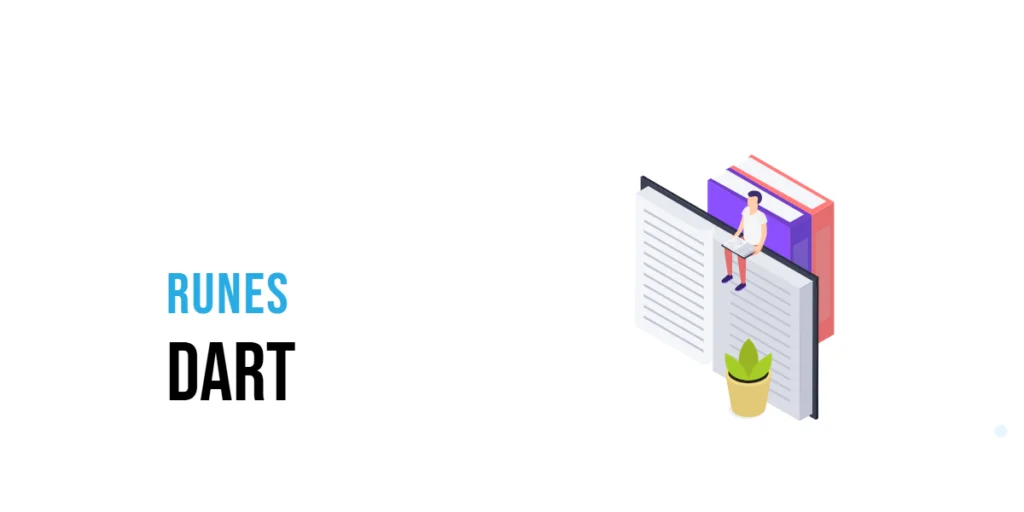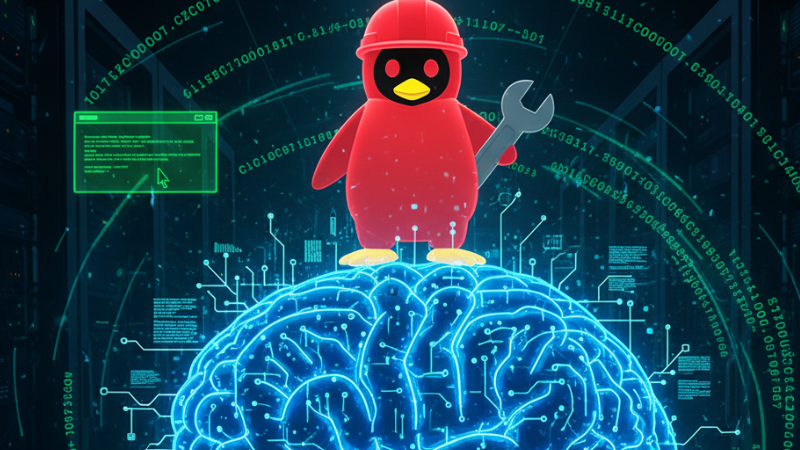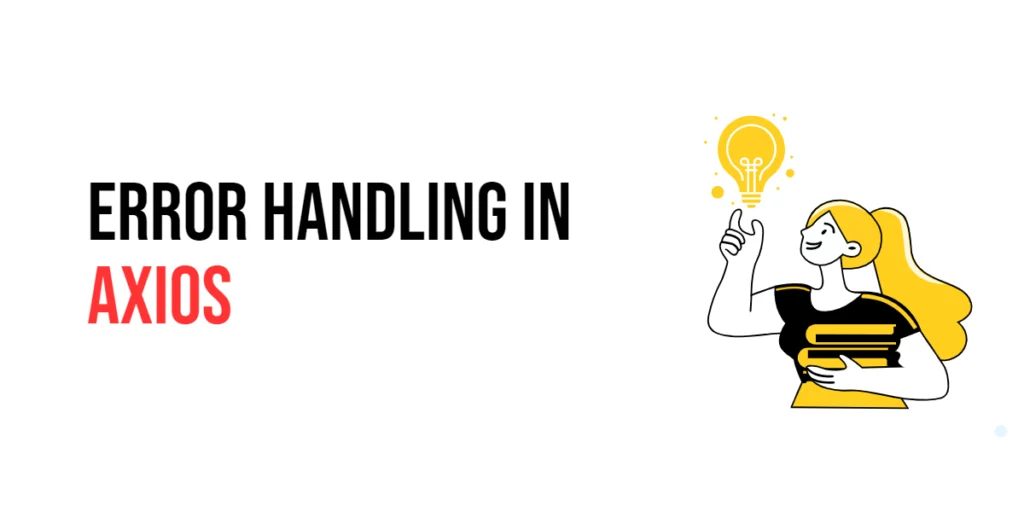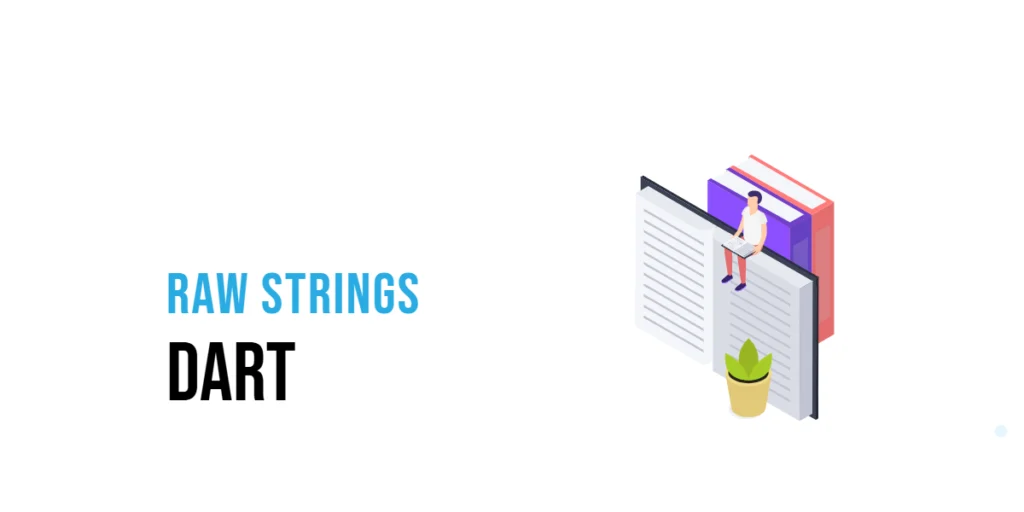Have you ever wondered how a computer knows what letters, numbers, and even emojis mean? When you type A, how does the computer understand that it’s an “A” and not some random symbol?

with hands-on learning.
get the skills and confidence to land your next move.
The answer is Unicode. Unicode is like a giant language book for computers. It gives every letter, number, and symbol a unique code, so computers around the world can understand the same characters.
In Dart, we use runes to work with these special Unicode codes. Runes help Dart understand letters, special symbols, and even emojis! In this article, we’ll explore how runes work and why they are important.
Understanding Runes in Dart
How Computers Store Characters
When we type "A" on a keyboard, we see the letter, but the computer sees a number. That’s because every letter has a unique Unicode number.
For example:
A→ Unicode 65B→ Unicode 66🙂→ Unicode 128578
Dart normally works with strings, but sometimes we need to access these Unicode numbers. That’s where runes come in!
A rune is just a way of telling Dart:
“Hey, I want to work with the Unicode code instead of just the letter itself!”
Working with Runes
Creating Runes in Dart
You can write a rune using the Runes class or by using Unicode codes.
void main() {
Runes runes = Runes('\u2665'); // Unicode for ♥ (heart)
print(String.fromCharCodes(runes));
}What Happens?
\u2665is the Unicode code for ♥.- Dart converts it into a readable heart symbol.
- The output will be:
♥We can also get the Unicode number of a character like this:
void main() {
String letter = "A";
print(letter.runes.first); // Output: 65
}Now we see that "A" is actually 65 in Unicode!
Practical Uses of Runes
Using Emojis in Dart
Runes are useful when working with emojis because emojis have unique Unicode values.
void main() {
Runes emoji = Runes('\u{1F600}'); // Unicode for 😀
print(String.fromCharCodes(emoji));
}Output:
😀The curly braces {} are needed for Unicode codes longer than four digits.
Working with Special Symbols
Some symbols, like currency signs or arrows, also have Unicode codes:
void main() {
print('\u{20B9}'); // ₹ (Indian Rupee symbol)
print('\u{2192}'); // → (Arrow symbol)
}Output:
₹
→ Iterating Over Characters in a String
We can use runes to go through each character in a string:
void main() {
String word = "Hello";
for (int rune in word.runes) {
print("Unicode: $rune, Character: ${String.fromCharCode(rune)}");
}
}This prints each letter with its Unicode number.
Conclusion
Now you know how Dart sees characters as numbers using Unicode and how runes help us work with those numbers. You learned how to:
- Use
Runesto store Unicode characters. - Convert Unicode values into readable text using
String.fromCharCodes(). - Work with special symbols and emojis in Dart.
Runes are useful when working with different languages, symbols, and emojis. Try experimenting with different Unicode codes and see what cool characters you can find!







